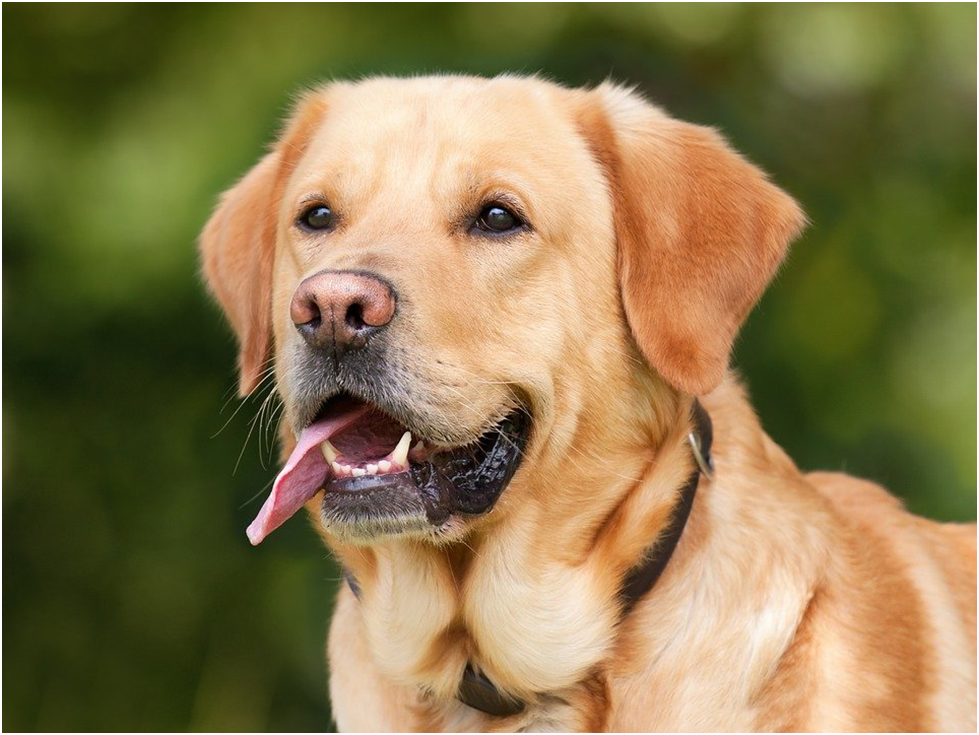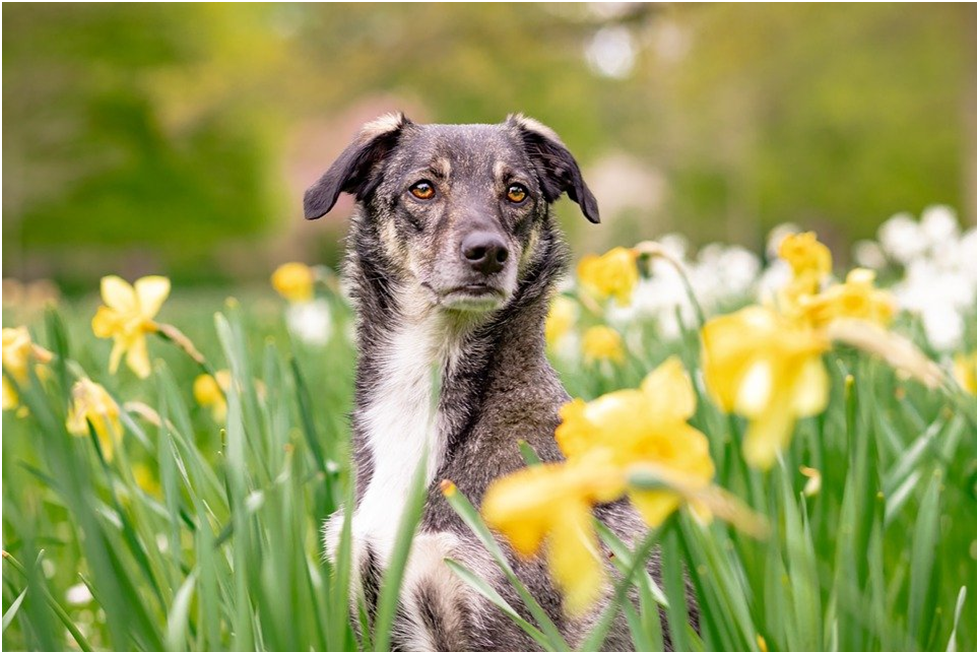Did you bring a puppy home? Do you have questions about their temperament and health issues? Wondering how you can best care for the newest member of your family?
With purebred puppies, breeders can typically inform owners what to expect in terms of physical and mental characteristics. In addition, the puppy will come with papers that will have details about its birth and parents. This information is useful in deciding if the puppy will be the right choice for your lifestyle.
But there have been instances wherein a purebred dog has been adopted from a shelter. So, how to tell if a dog is purebred without papers? Let us find out.
What Does Purebred Mean in the Canine World?

If we go by the dictionary meaning, the term purebred means the breeding is through the mating of a specific recognized breed. So even when you look back at the animal’s lineage over many generations, there should not be any mixing of blood.
If your dog is purebred in the canine world, it means that its parents, grandparents, great grandparents, and so on and forth should all belong to the same dog breed.
For example, a Labrador will be considered purebred only if its parents, their parents, and other parent pairs down the family tree are all Labradors. If one of its ancestors were a Golden Retriever, then the puppy would not be considered purebred.
Even though both dog breeds have a similar disposition, a regulatory body will not recognize the Labrador puppy as purebred due to the existence of Golden Retriever genes.
When the genetics of the dog involves multiple dog breeds, the dog is known as a mixed breed. For example, as the name suggests, Siberian Retriever is a mix of a Labrador and Siberian Husky. Similarly, a Puggle is a mix of Pug and Beagle.
Why are Purebred Dogs Popular?

Purebred dogs are popular because of their predictability. When you are bringing home a purebred dog, you know what you are getting into.
The breeder will typically be able to predict physical attributes like size, color, and coat texture. You can also know what type of temperament to expect and what health concerns to prepare for. There might be slight variations, but these characteristics will largely stick to the recognized breed standard.
If you want the dog to participate in dog shows and events, know that only recognized breeds are allowed to participate.
If you live in a small apartment, it is best you know what size the puppy will grow into when it becomes an adult. Or, if you have a busy lifestyle, an independent dog will be a suitable addition to your family. If the dog ends up clingy, then it will affect the mental health of both the dog and you.
Know that purebred dogs are expensive. If you want the dog to look a certain way or perform a specific function, then breeders can charge you anywhere from $1,500 to upwards of $12,000.
What Does It Mean When the Dog is ‘Without Papers’?

When two purebred dogs belonging to the same breed produce a litter of puppies, the newborns are also known as purebreds. These puppies will have papers confirming that their parents and other ancestors are all purebreds down the family tree.
For example, you can get a registration certificate from the AKC in the US. This certificate is important if you want to enter the puppy in shows.
Without papers means, the puppy could be purebred, but there is no proof about its parents or lineage that you can verify. The absence of a registration certificate does not have any impact on the genes of the dog. The dog is what it is, with or without papers.
If you are looking for a companion dog, someone who can become a member of your family, someone who you can love and care for, adopt a purebred from a shelter. Yes, that is possible. Unfortunately, you cannot get a paper for the dog, but there are ways you can confirm if the dog is purebred.
3 Effective Ways to Tell if a Dog is Purebred Without Papers
The three ways through which you can find out if the dog is purebred are.
- DNA Test
- Comparison to Breed Standard
- Take the Dog to See an Expert
1.DNA Test

You can get a DNA test done for your dog to get an insight into its genetic makeup. You can seek the services of a nearby lab or order a DNA testing kit.
The DNA testing kit is fairly simple to use. First, you can take a swab of the inside of the puppy’s cheek. Then, send the sample to the company, and you should get the results in a matter of weeks.
Please note that even if the test results confirm your dog is purebred, you may not get a registration certificate from AKC. These DNA testing kits are available for the interest of pet owners.
Several companies also provide complete health reporting. For example, purebred dogs are prone to certain health conditions. As a result, you can better prepare and take proactive measures to safeguard your dog’s health.
2. Comparison to Breed Standard
The whole idea of a purebred dog is that it will be similar to its parents and ancestors. These dogs were bred specifically for activities like hunting, herding, or guarding. So it becomes easy to predict how the dog will turn out in the future.
Regulatory bodies like the AKC have a database of such dog breeds. Currently, the AKC recognizes 197 dog breeds. All these breeds have standard and registered characteristics.
For example, if you visit the AKC’s page for German Shepherd, you will see that the dog belongs to the herding group of animals. It has information about breed colors and markings and their registration code. Other physical characteristics like coat type, length, shedding level, drooling level, and grooming frequency are also mentioned.
You can see details about its mental and social traits, like how good is the dog with family, children, and other dogs. You can also look at the amount of exercise and mental stimulation it needs and energy levels to understand if the dog will be a good fit for your lifestyle.
It is possible that your dog may have a variation of the markings or colors due to complications during birth. This does not mean they are any less than the dogs of the same breed; they are just unique in their own way.
This is not a sure-shot method of understanding if the dog is purebred, but an effective one if you do not want to spend money on DNA testing.
3. Take the Dog to See an Expert

If you have adopted a dog from the shelter and have no clue about its lineage, you can consult with an expert to understand what breed the dog belongs to. The expert could be a professional breeder, trainer, or experienced vet.
These experts typically get to work with different breeds over their careers. They know what a dog looks like or how its coat should be. For example, a Labrador’s coat is considered practically waterproof. If your Labradors coat easily gets wet, it probably has genes from other dog breeds.
You may not be aware of such small bits of information. Experts can help you in identifying the breed of the dog. They can also guide you on how to take care of your dog.
Again, the evaluation from the expert is more for your benefit. So, you can cater to the needs of the pet better.
If you are keen on a purebred dog, you should buy a dog from a verifiable breeder with papers. If participating in dog shows is your goal, there is no exception to the paper rule. You will be paying a hefty sum for the puppy; you might well as insist on the papers.
Purebred and Mixed Breed – What is the Difference?

The longstanding debate in the canine world is – which dogs are better, purebred or mixed breed?
Purebred dogs are predictable. You know what temperament to expect. But with mixed dogs, this is not always the case. If the dog is a combination of two different breeds, you cannot tell which parent breed will be dominant. So, you might be in for a surprise when the dog grows up.
The general conception among the public is that mixed breeds dogs are healthier. However, if you are concerned about genetic disorders, know that both purebred and mixed breeds are susceptible to certain health conditions.
Responsible breeders keep testing their dogs and ensure they are in optimal health. In case of any health condition, the dog will not participate in the breeding process. This ensures the problematic gene does not get passed on to the puppy.
With purebreds, you may be able to predict its temperament, but training plays a huge role here. For example, your dog is supposed to be good with people and highly energetic. But, if you leave such a dog alone for extended periods without proper exercise and socialization, it can develop behavioral problems.
So, purebred or mixed breed, it all boils down to how well you train the dog, spend time, and care for it.
Summary
A purebred is a dog that purebred parents of the same breed have produced. Looking back at their family tree, all dogs will belong to the same breed. Verifiable breeders will provide you with a registration certificate confirming this information.
How to tell if a dog is purebred without papers? The three effective ways of identifying a purebred are DNA testing, comparing breed standards, and consulting an expert.
The whole appeal of purebred dogs is their predictability, their height, weight, coat colors, markings, and social traits. You can proactively prepare to care for your dog with this information.
If your puppy turns out to be a mixed breed, do not worry. With proper training, care, and attention, most dogs can become a healthy and loving part of the family.
Elena Gherman is a highly skilled and knowledgeable animal care expert. At the start of her career, she gained practical expertise with multiple animals. In addition to that, she works as a DVM veterinary editor for Joy Pet Products, which focuses on offering reliable information on pet health and wellbeing. She meticulously reviews each piece of writing before it is published to make sure pet owners get the most precise and updated information possible.
